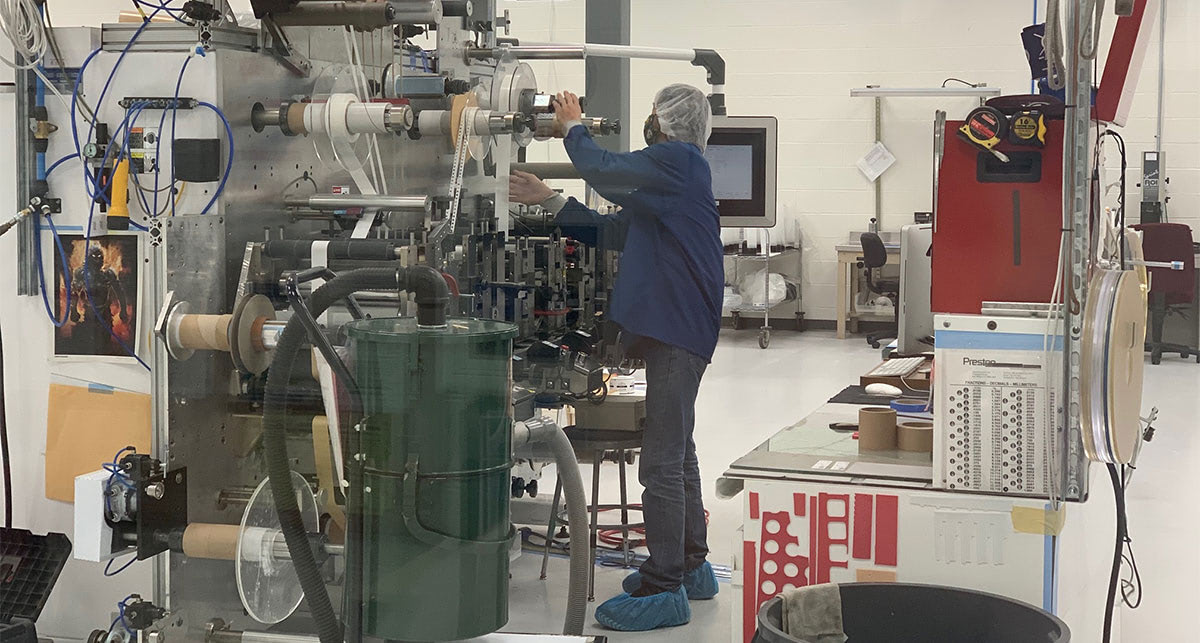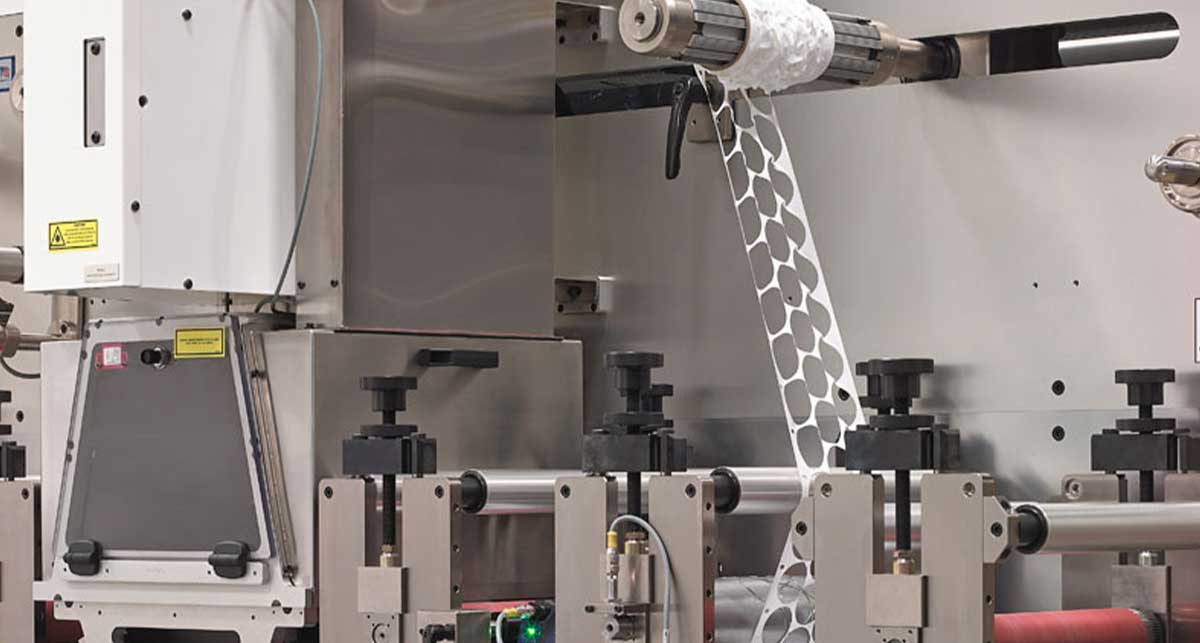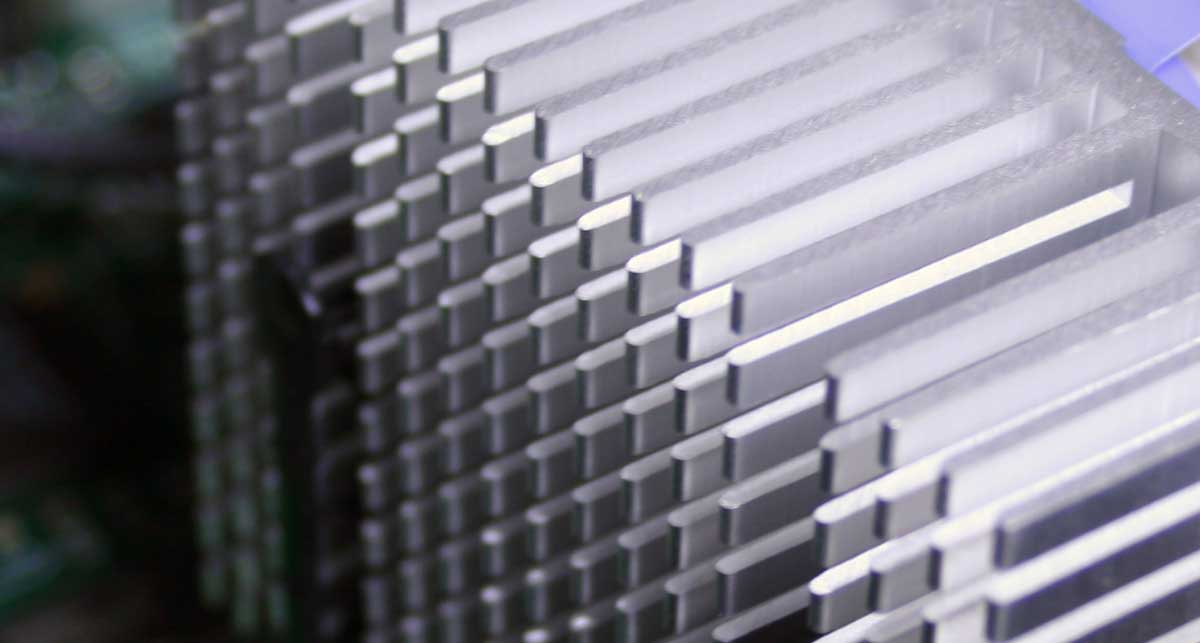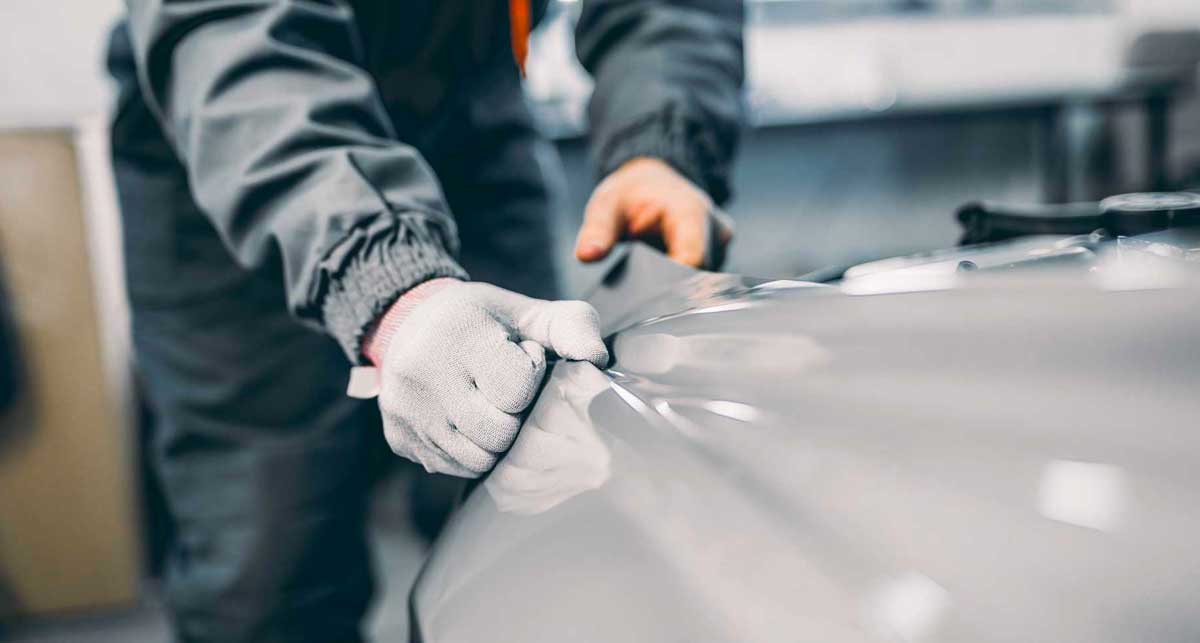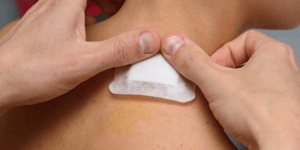Sadly, there is no singular treatment that can cure all wounds.
Healthcare providers use different dressings to treat many types and severities of wounds in varying locations. Due to this, product experts must design each dressing to protect wounds, prevent infection, and reduce pain. Part of this process involves choosing the right adhesive to help the dressing adhere and heal without causing damage.
Choosing a medical-grade adhesive depends heavily on the intended application. Having built custom wound dressing adhesives in the past, Strouse’s experts know that you must select an adhesive based on how each wound dressing is used and its intended environment.
Today, you’ll learn about the challenges of choosing effective wound dressing adhesives and how to overcome them to achieve secure attachment and healing.
Finding an Adhesive For a Wound Dressing Design
LOOK AT THE TYPE OF WOUND DRESSING
Before you begin researching specific types of adhesives, consider which of the following categories your application falls into:
- General-purpose bandages and wraps are designed to handle a wide variety of common wounds.
- Specific-purpose wound dressings are custom kits that medical professionals (doctors, surgeons, etc.) use during or as a result of surgical procedures on particular body parts.
- These procedures often require unique wound dressing constructions (such as island dressings) and specific-grade adhesives.
The former is more widely available and affordable, consisting of more common materials and simpler designs. In addition, ~80 percent of wound dressing applications require similar adhesives, while ~20 percent require unique or specialized adhesives. Of course, some wound dressings lack adhesive entirely.
ADHESIVE VS. NON ADHESIVE DRESSINGS
While adhesive dressings can be attached to the skin directly, non-adhesive dressings are intended not to stick to a healing wound. Non-stick wound dressings help absorb fluid without causing skin damage on burn or skin graft sites. However, they sometimes require additional adhesives wrapped over them to fix them in place.
Building a successful adhesive wound dressing relies on your design’s construction just as much as the adhesive. As we explain the factors involved in finding the right adhesive, keep in mind that testing your design is an essential part of determining the safety and effectiveness of your medical application.
FACTORS THAT AFFECT YOUR WOUND DRESSING ADHESIVE OPTIONS
The adhesive in a wound dressing product has two main goals: stick to human skin and retain the ability to be removed easily. It sounds simple, but choosing a suitable material involves many challenging factors.
There are four critical considerations that manufacturers and flexible material converters use when selecting a wound dressing adhesive:
1. THE APPLICATION
The wound dressing application drives a significant portion of its material selection and design.
Wound dressings are typically relatively simple shapes (square/circle) with an adhesive border around the outside and a dressing or absorbent material in the middle. The wound dressing’s material selection (and construction) heavily depends on whether the application needs to be breathable — A.K.A., designed to let oxygen in and allow moisture to evaporate — or create a negative pressure seal.
Negative pressure wound therapy uses suction to create a seal that helps prevent infection by slowly drawing bacteria and other bodily fluids into a collection chamber. A battery or electric-powered pump applies suction through foam or gauze, achieving an airtight and waterproof seal. Some advanced wound dressings also pull samples, transferring fluids from the patient into devices for collection.
Consider these unique applications:
- Inserting an intravenous (IV) catheter may involve covering and sealing a wound for several days to prevent infection.
- A small gash may only require a simple dressing to close the wound and hold an antibacterial medication in place, with frequent replacement.
These two applications differ in size, complexity, function, placement… and adhesives! Although both are “wound dressings,” the entire application differs.
Adhesives need holding power to handle suction and patient activity throughout the intended wear duration. Some adhesives are designed primarily to perform a specific function under certain environmental conditions. Of course, depending on its purpose, you might use a single type of adhesive in several applications.
2. THE SKIN TYPE
An infant's skin differs from that of an adult or elderly person, and your adhesive must match the intended patient's skin durability to adhere without damaging the skin or causing the patient pain upon removal.
Most wound dressings are designed to be removed and replaced at regular intervals. The frequency of dressing changes makes selecting an adhesive even more critical, especially on sensitive skin.
Acrylic adhesives are more widely known and used in a lot of products, however, they tend to have a more aggressive adhesion compared to alternatives. This can make removal difficult.
Silicone adhesives are soft and work well on sensitive skin applications because they stick well but are also easy to remove. Although silicone adhesives do not tend to have as much “holding power” as some of the alternatives, they are the preferred adhesive for sticking to skin.
Hydrocolloids are gel-like adhesives that provide non-breathable adhesion to the skin, trapping moisture under the skin and promoting healing in wound care products. They’re often used in the most advanced medical-grade adhesives but are also commonly used as a thickening and gelling agent in food formulations.
Hydrogel is a polymer material that absorbs large amounts of fluid. It keeps wounds moist to reduce scarring, and because it’s conductive, hydrogel wound dressings are often embedded with sensors to monitor wound care. Even though it’s not an adhesive, hydrogel is viscous and elastic, adding comfort to sensitive skin.
3. THE LOCATION
Human bodies lack easily defined sharp corners, so the wound dressing’s location on the body greatly determines what material is used and the type of adhesive needed.
For example, the movement of a human arm requires a flexible and conformable dressing. Therefore, an elbow bandage would function better and otherwise benefit from medical adhesive transfer tape because transfer tape remains stretchy when put on a material like spandex.
Using double-sided medical tape on that same spandex would impede its ability to stretch and conform, making it more likely to fall off prematurely. However, when you look at a relatively flat surface like a wound on the chest, the double-sided medical tape would allow it to remain much more stable with more holding power.
Knowing that a product needs to be ultra-conformable will prompt the use of specific adhesives, but the backing substrate doesn’t necessarily drive the type of wound dressing adhesive used. Adhering to polyurethane or non-woven backing can be done using nearly any adhesive option.
4. THE LENGTH OF WEAR
Some wounds require immediate intervention and need quick additional medical attention. Adhesives for this kind of application are temporary, only staying in place for an hour or two, whereas other wounds might require a few days of healing time.
Certain hydrocolloids and some adhesives are designed to be applied for 14 days or more because, as time elapses, they physically absorb fluffed-off skin cells, which get absorbed into the adhesive.
In some cases, wounds require medical devices placed within them, and adhesives for these need to keep that wound dressing in place for up to or even more than 14 days.
For these longer-term applications, the adhesion level falls as skin cells naturally degrade and fluff off over those two weeks. If the same long-term adhesive was used for a 1-hour application, removing it would be extremely painful to remove.
Finalizing Your Adhesive Selection
Unlike purchasing a standard product like a lamp, your chosen medical adhesive and material may not behave as intended when building a custom wound dressing. That’s why prototyping your part is essential to product development to determine whether your adhesive is functional and safe.
If you are currently designing a wound care product, reach out to get a sample from a qualified medical converter and begin your prototyping phase. As a flexible material converter, Strouse can provide relevant recommendations so you can find products that meet your specifications, have improved costs per quantity, and are manufacturable.
With the help of a trustworthy converter, you can begin proving out your design using medical-grade materials.
Are you looking for more resources on wound dressing materials? You can find recommendations and guides in our Learning Center.
Originally published: November 16, 2021
.jpeg?width=290&name=0%20(1).jpeg)
